Ever dreamed of capturing breathtaking landscapes or cinematic cityscapes from angles that make jaws drop? In 2025, drones have become the ultimate tool for aerial photography enthusiasts, turning that dream into reality without needing a helicopter or a Hollywood budget. With cutting-edge cameras, smarter AI, and longer flight times, this year’s drones are redefining what’s possible in the skies. But with so many options, how do you pick the right one? Let’s dive into the best drones for aerial photography in 2025, analyze their features, and help you find the perfect flying companion.
Why Drones Are Essential for Aerial Photography
Drones have revolutionized photography by offering perspectives that were once out of reach for most. Imagine soaring above a misty valley or weaving through urban skyscrapers—drones make these shots accessible to anyone with a passion for creativity. Unlike cranes or helicopters, drones are affordable, portable, and user-friendly. They’ve become a staple for hobbyists, travel vloggers, and even pros shooting weddings or real estate. In 2025, their advanced features make them indispensable for capturing stunning visuals with minimal effort.
The Evolution of Drone Technology in 2025
This year, drone tech has taken a giant leap forward. Cameras now boast 4K and 8K resolutions, larger sensors capture more light, and AI-driven features like subject tracking and obstacle avoidance are standard in top models. Stabilization systems have improved, ensuring buttery-smooth footage even in windy conditions. Plus, innovations like lidar and enhanced battery life mean drones are safer and more efficient than ever. These advancements make 2025 an exciting time to invest in a drone for aerial photography.
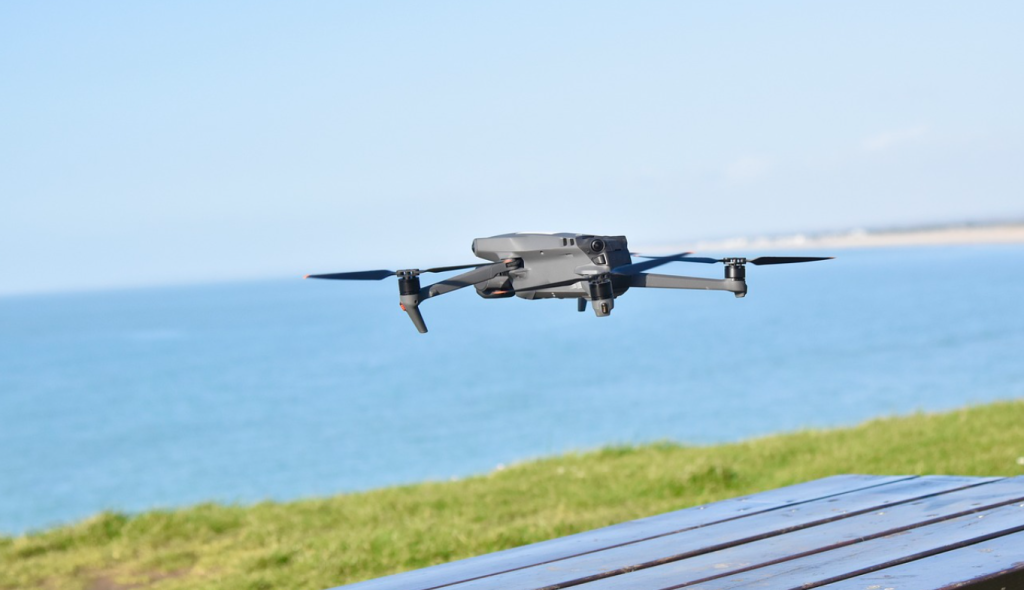
Key Features to Look for in a Photography Drone
Choosing a drone isn’t just about picking the shiniest model—it’s about finding one that matches your needs. Whether you’re a beginner or a seasoned shutterbug, certain features are non-negotiable for aerial photography. Let’s break down the must-haves.
Camera Resolution and Sensor Size
A drone’s camera is its heart. In 2025, 4K resolution is the baseline for crisp, detailed footage, while 8K is becoming common in premium models. Sensor size matters too—larger sensors (like 1-inch or Four Thirds) capture more light, delivering better dynamic range and low-light performance. For example, a drone with a 1/1.3-inch sensor might suffice for casual shots, but a 1-inch sensor will elevate your work to professional levels. Why settle for grainy images when you can have crystal-clear masterpieces?
Stabilization and Gimbal Technology
Shaky footage is a photographer’s nightmare. That’s where 3-axis gimbals come in, keeping your camera steady even when the drone is battling gusts. In 2025, most high-end drones feature advanced gimbals that ensure silky-smooth videos and sharp stills. Think of a gimbal as your drone’s personal yoga instructor, maintaining perfect balance no matter how wild the flight gets.
Flight Time and Battery Life
Nothing kills the vibe like a drone that dies mid-shoot. Flight time is critical, especially for capturing expansive landscapes or complex sequences. Most 2025 drones offer 30–45 minutes of flight time, with premium models pushing the upper limit. Investing in extra batteries or a “Fly More” bundle can keep you in the air longer, ensuring you don’t miss that perfect sunset shot.
Obstacle Avoidance and Safety Features
Flying a drone is thrilling, but crashing it? Not so much. Advanced obstacle avoidance systems, powered by sensors and AI, help drones dodge trees, buildings, and other hazards. In 2025, top models like those from DJI use lidar and omnidirectional sensors for near-foolproof navigation. These features not only protect your investment but also let you focus on framing the perfect shot instead of worrying about collisions.
Top Drones for Aerial Photography in 2025
After analyzing the latest models, I’ve handpicked four drones that stand out for aerial photography enthusiasts in 2025. Each offers a unique blend of features, performance, and value, catering to different skill levels and budgets.
DJI Air 3S – The Best All-Rounder
The DJI Air 3S is the gold standard for most aerial photographers. Its dual-camera system—a 50MP wide-angle and a 48MP telephoto—delivers stunning versatility, letting you switch between expansive vistas and zoomed-in details mid-flight. With 4K/60fps video, 10-bit D-Log M for rich colors, and a 45-minute flight time, it’s a powerhouse for enthusiasts. Plus, its lidar-based obstacle avoidance makes it one of the safest drones to fly.
Why It Stands Out
The Air 3S shines with its balance of affordability and pro-grade features. The addition of lidar, a first for DJI’s consumer drones, ensures precise navigation in tricky environments. At around $1,099, it’s a steal for its capabilities, making it ideal for serious hobbyists and semi-pros who want Hollywood-quality shots without breaking the bank.
DJI Mavic 3 Pro – Premium Choice for Pros
For those who demand the best, the DJI Mavic 3 Pro is unmatched. Its triple-camera system, featuring a Hasselblad 4/3 CMOS sensor and two telephoto lenses, offers unparalleled flexibility. You can shoot 5.1K video, capture 20MP stills, and adjust apertures for precise control. With a 43-minute flight time and omnidirectional obstacle avoidance, it’s built for professionals tackling everything from cinematic films to high-end real estate shoots.
Ideal Use Cases
The Mavic 3 Pro is perfect for filmmakers and commercial photographers who need multiple focal lengths and top-tier image quality. Its $2,199 price tag reflects its pro-grade features, but for serious enthusiasts, the investment pays off in breathtaking results.
DJI Mini 4 Pro – Best Lightweight Option
Weighing under 249g, the DJI Mini 4 Pro is a travel-friendly gem that doesn’t skimp on performance. Its 48MP camera shoots 4K/60fps video with excellent low-light performance, and its compact design makes it easy to toss in a backpack. With all-around obstacle avoidance and a 34-minute flight time, it’s a favorite for hobbyists who want pro-level results without FAA registration hassles.
Portability and Performance
The Mini 4 Pro proves that good things come in small packages. Its ability to shoot vertical 9:16 video makes it a hit for TikTok and Instagram creators, while its foldable design ensures you can take it anywhere. At $759, it’s a budget-friendly option for travelers and casual photographers.
Autel EVO Nano+ – A Strong DJI Alternative
Not a DJI fan? The Autel EVO Nano+ is a compelling alternative. This sub-250g drone boasts a 50MP RYYB sensor with an f/1.9 aperture, delivering vibrant colors and impressive low-light shots. Its 28-minute flight time and solid obstacle avoidance make it a reliable choice for beginners and enthusiasts alike. Priced around $679, it’s a great value for those seeking a non-DJI option.
Comparing Budget vs. Premium Drones
Should you go big or keep it lean? The choice between budget and premium drones depends on your goals and wallet.
When to Choose a Budget Drone
Budget drones like the DJI Mini 4 Pro or Autel EVO Nano+ are perfect for beginners, travelers, or casual photographers. They offer excellent image quality and features like obstacle avoidance without the hefty price tag. If you’re experimenting with aerial photography or shooting for social media, a sub-$800 drone will get the job done.
When to Invest in a Premium Drone
Premium drones like the DJI Mavic 3 Pro are worth the splurge for professionals or enthusiasts chasing cinematic quality. Their larger sensors, multiple cameras, and advanced features deliver results that stand out in commercial projects or fine-art photography. If your work demands the best, don’t settle for less.
Tips for Maximizing Aerial Photography Results
Got your drone? Now let’s make those shots pop. Here are some pro tips to elevate your aerial photography game.
Mastering Camera Settings
Tweak your drone’s camera settings like a pro. Use a low ISO (100–400) for bright conditions to minimize noise, and adjust shutter speed to match your subject’s motion. If your drone has an adjustable aperture, like the Mavic 3 Pro, experiment with f/2.8 for low light or f/11 for sharp landscapes. Think of your camera as a painter’s brush—every setting shapes the final masterpiece.
Flying in Optimal Conditions
Weather and lighting can make or break your shots. Golden hour—sunrise or sunset—casts warm, soft light that enhances colors. Avoid flying in strong winds or rain, as they can destabilize your drone and ruin footage. Check the forecast and plan your flights like a seasoned explorer charting new territory.
Drone Regulations and Safety in 2025
Before you take off, know the rules. Drone laws ensure safety and respect for others’ privacy.
Understanding FAA Registration
In the U.S., drones weighing 250g or more must be registered with the FAA, which costs $5 and takes a few minutes online. Sub-250g drones like the DJI Mini 4 Pro are exempt, making them ideal for hassle-free flying. Always take the free TRUST test for recreational pilots and follow local regulations to avoid fines or confiscation.
Conclusion
In 2025, aerial photography drones are more powerful, accessible, and exciting than ever. Whether you’re chasing cinematic masterpieces with the DJI Mavic 3 Pro, exploring on a budget with the DJI Mini 4 Pro, or opting for the versatile DJI Air 3S, there’s a drone to match your vision. Consider your needs—camera quality, portability, or pro features—and choose a model that sparks your creativity. Ready to soar? Pick your drone, master those settings, and capture the world from a whole new perspective.
FAQs
- What’s the best drone for aerial photography beginners in 2025?
The DJI Mini 4 Pro is ideal for beginners due to its sub-250g weight, 4K camera, and user-friendly controls. It’s affordable and doesn’t require FAA registration. - Do I need a license to fly a photography drone?
For recreational use in the U.S., you only need to pass the free TRUST test. Commercial pilots need an FAA Part 107 license. - How important is obstacle avoidance for aerial photography?
Obstacle avoidance is crucial for safe flying, especially in complex environments. It prevents crashes and lets you focus on composing shots. - Can I use a budget drone for professional photography?
Yes, drones like the DJI Mini 4 Pro or Autel EVO Nano+ can produce professional-quality images for social media or small projects, though premium drones offer better results for commercial work. - What’s the benefit of a larger camera sensor in a drone?
A larger sensor captures more light, improving low-light performance, dynamic range, and overall image quality, making it essential for professional-grade photography.

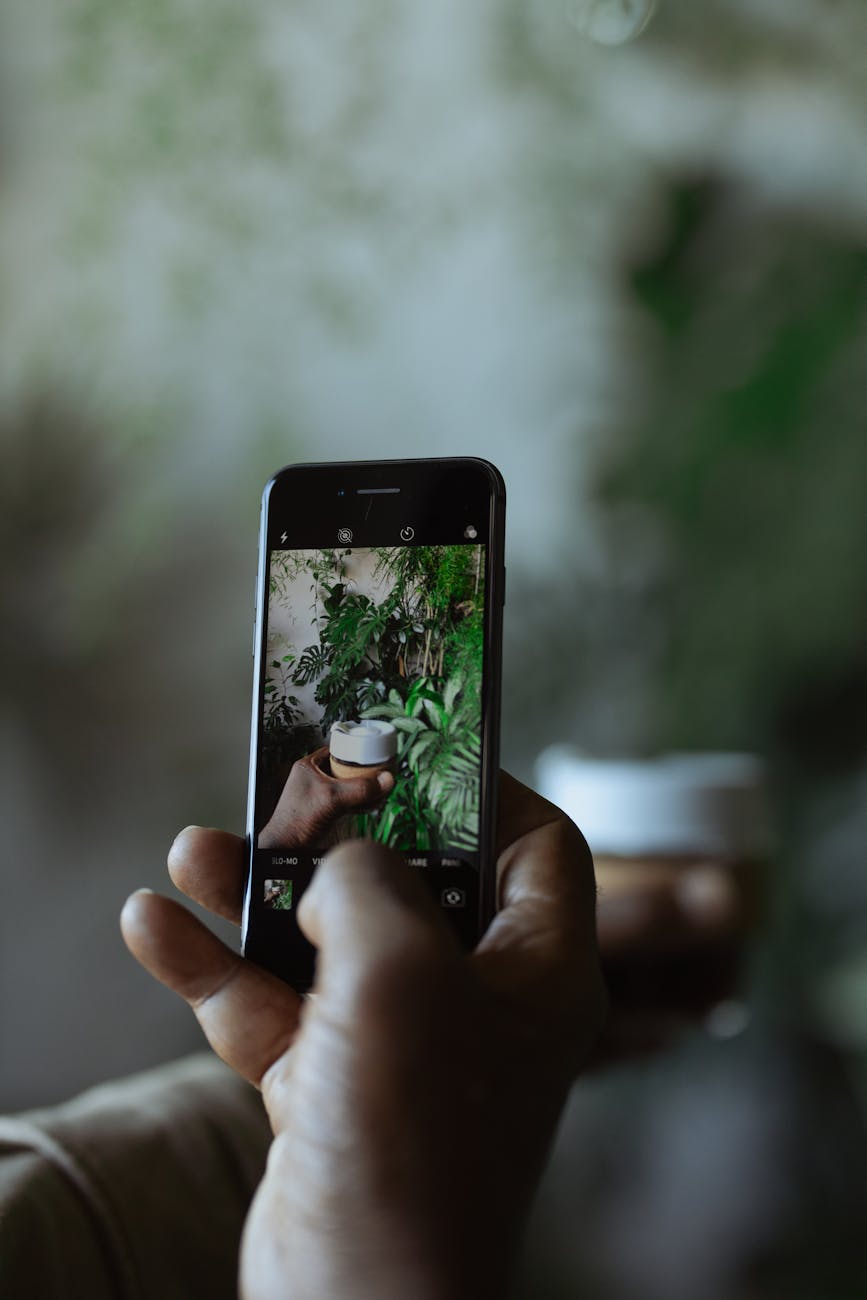
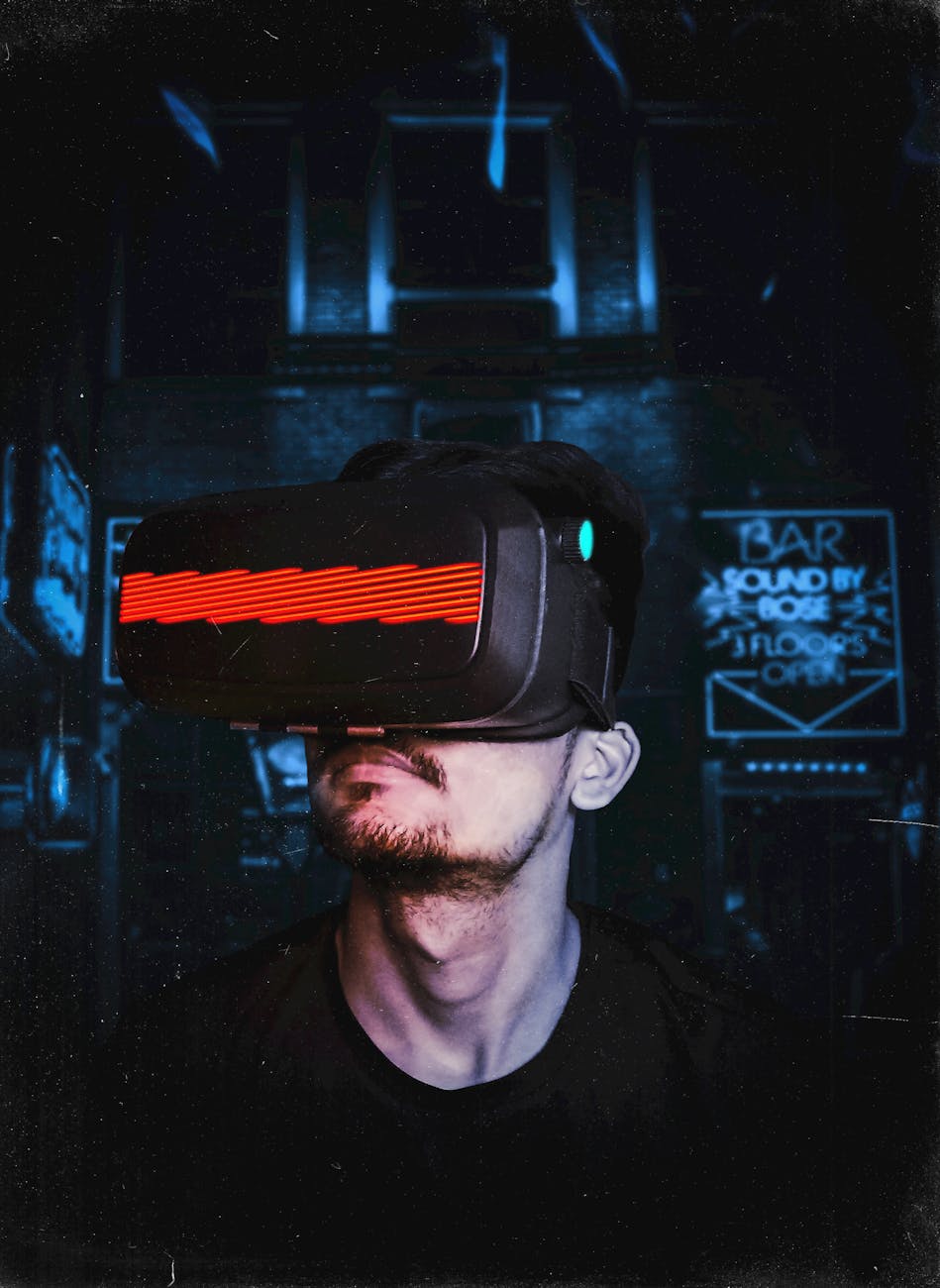
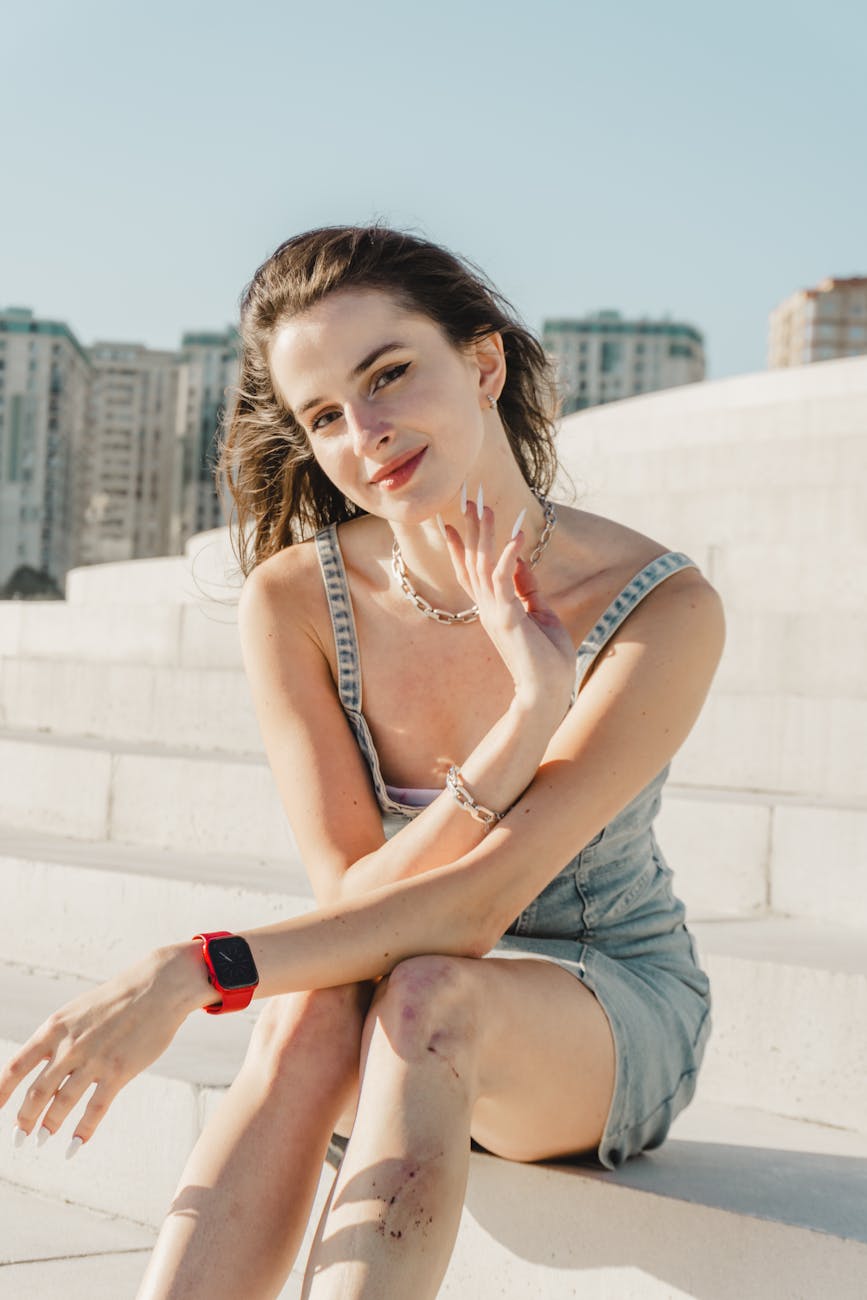
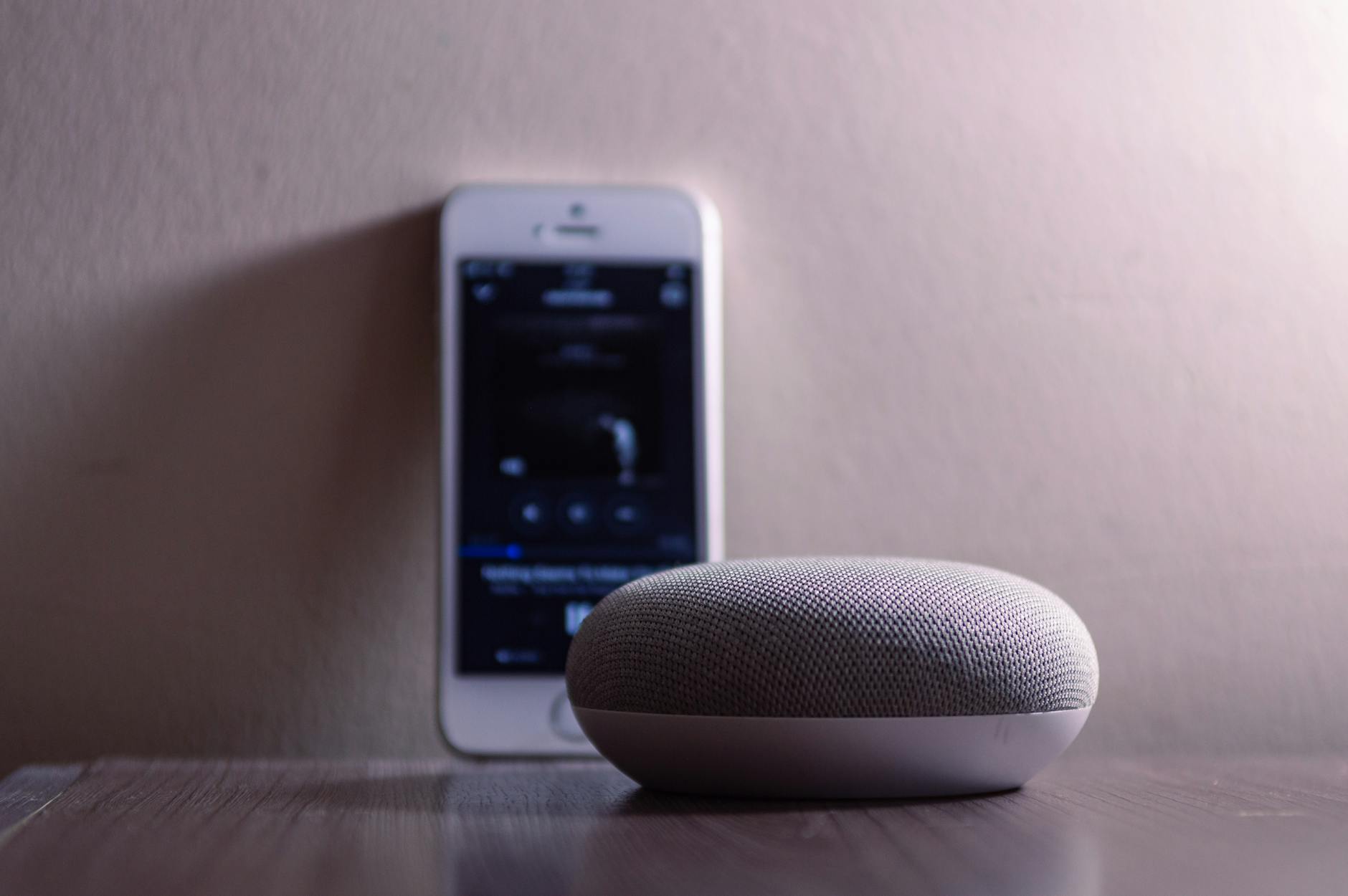
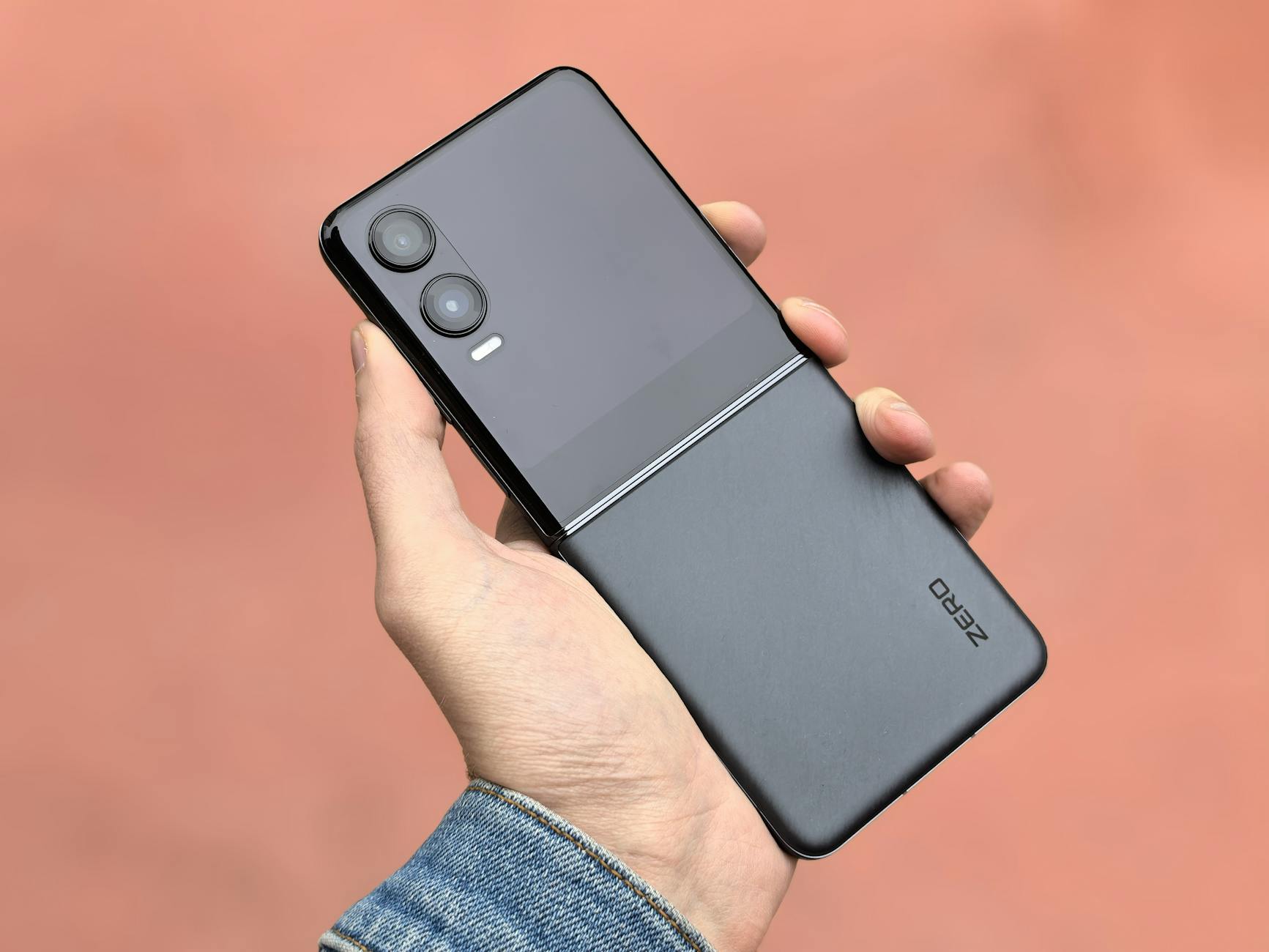
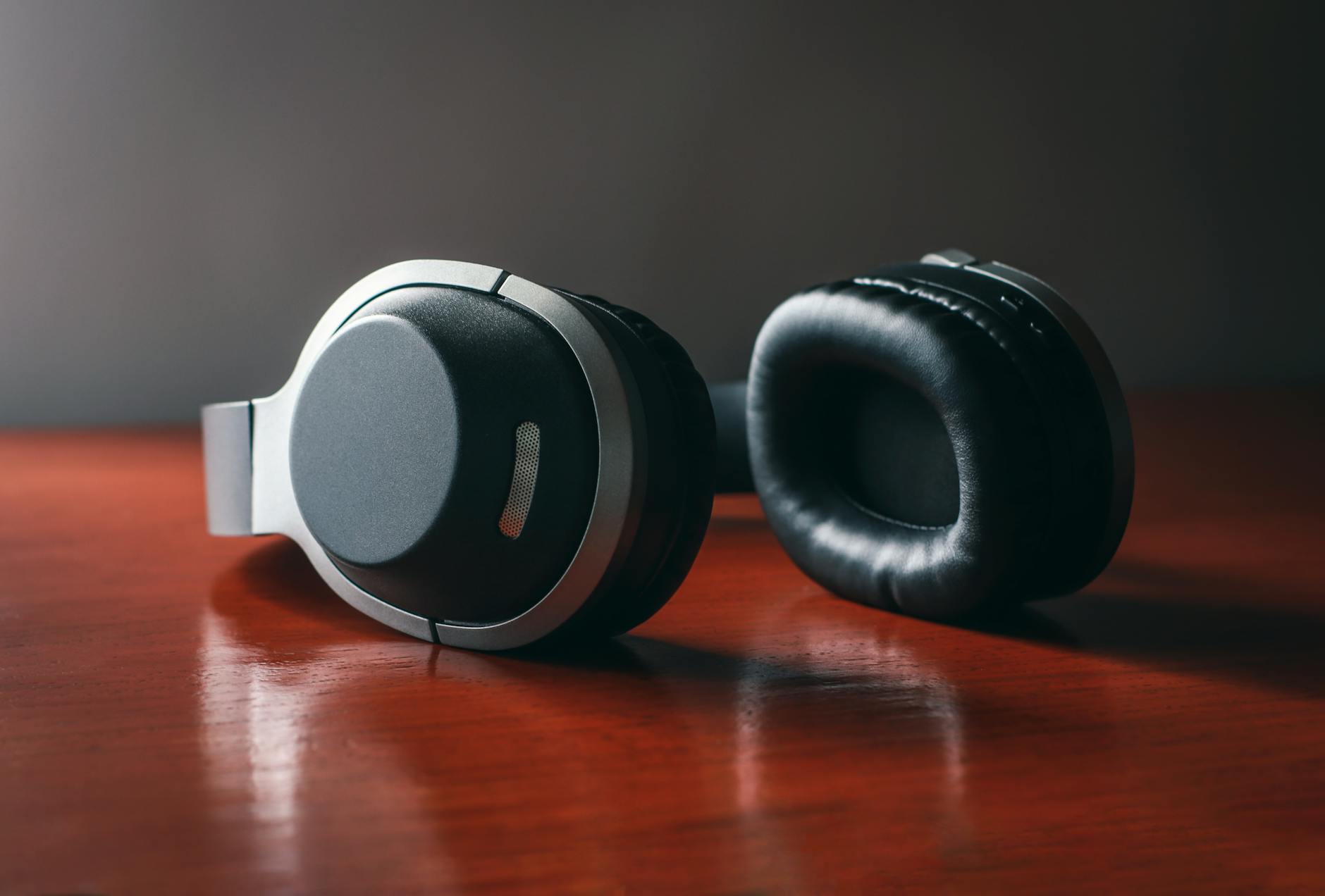




Leave a Reply